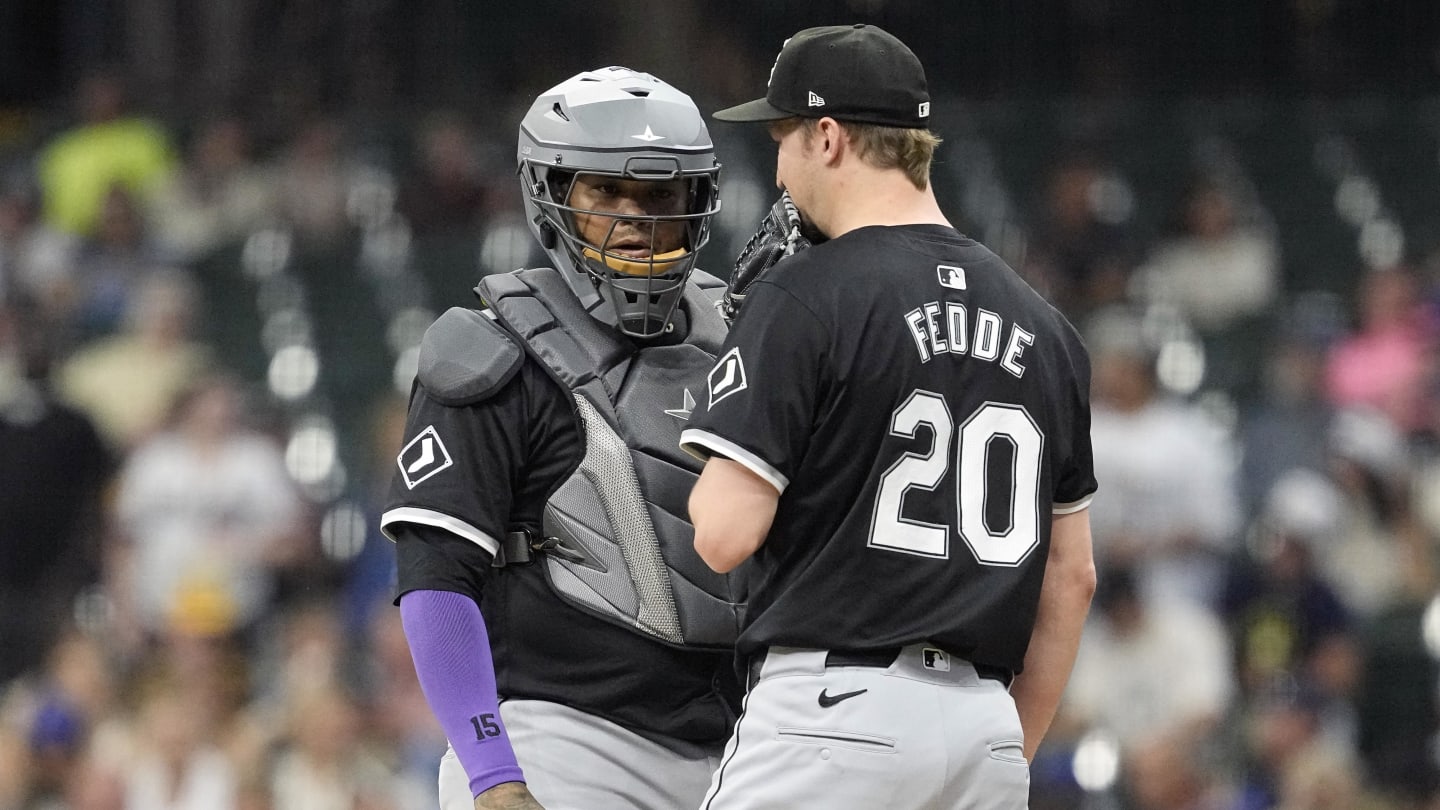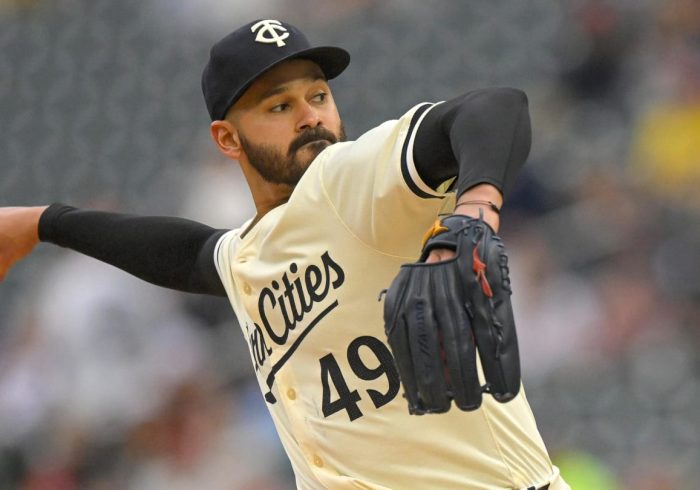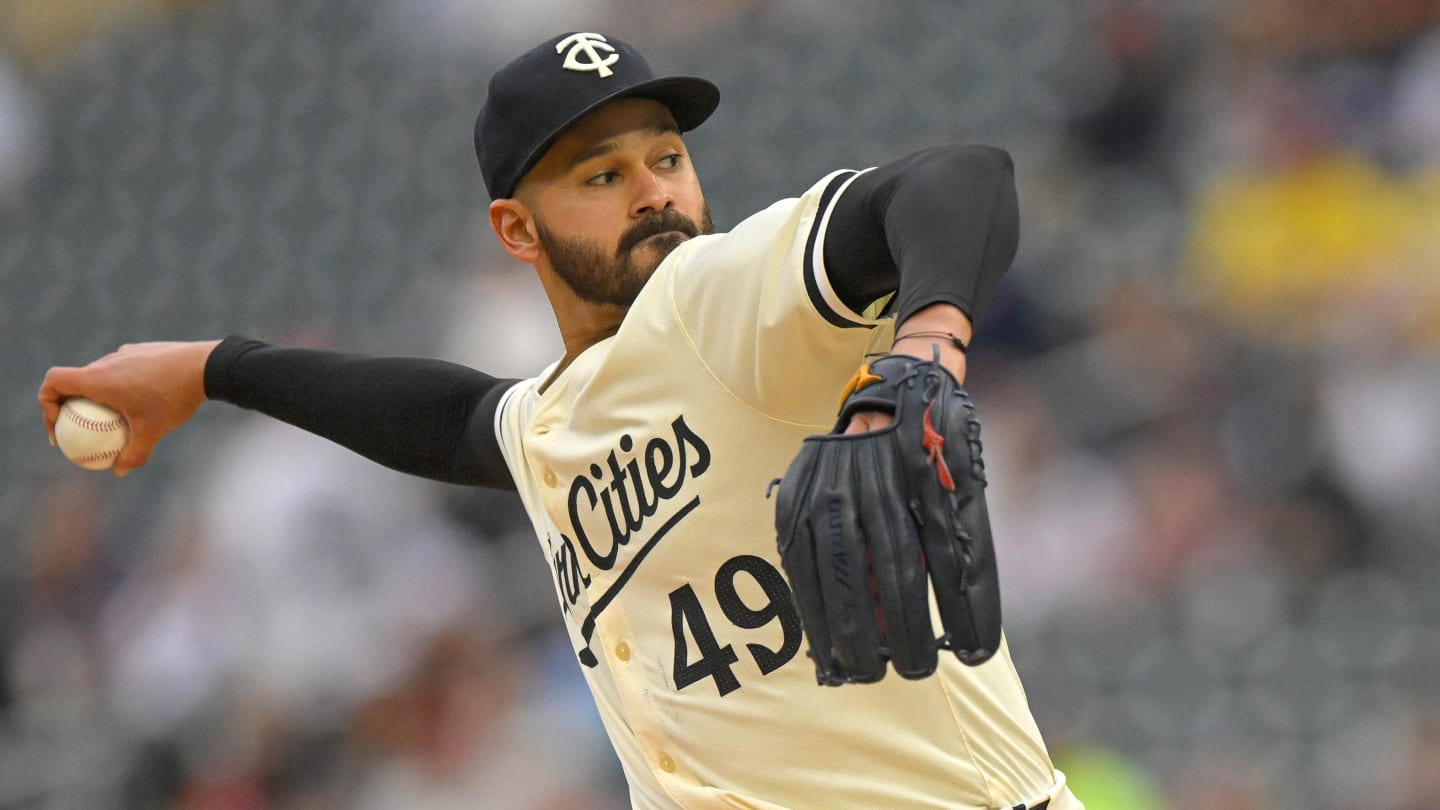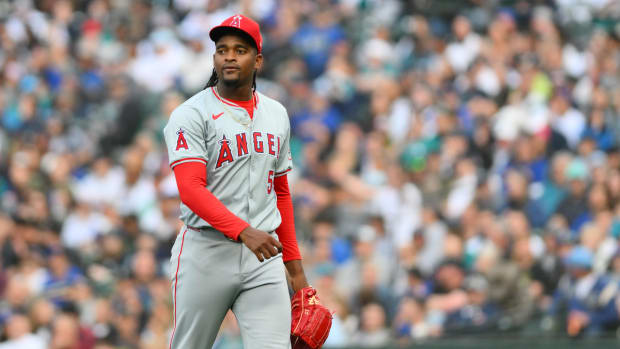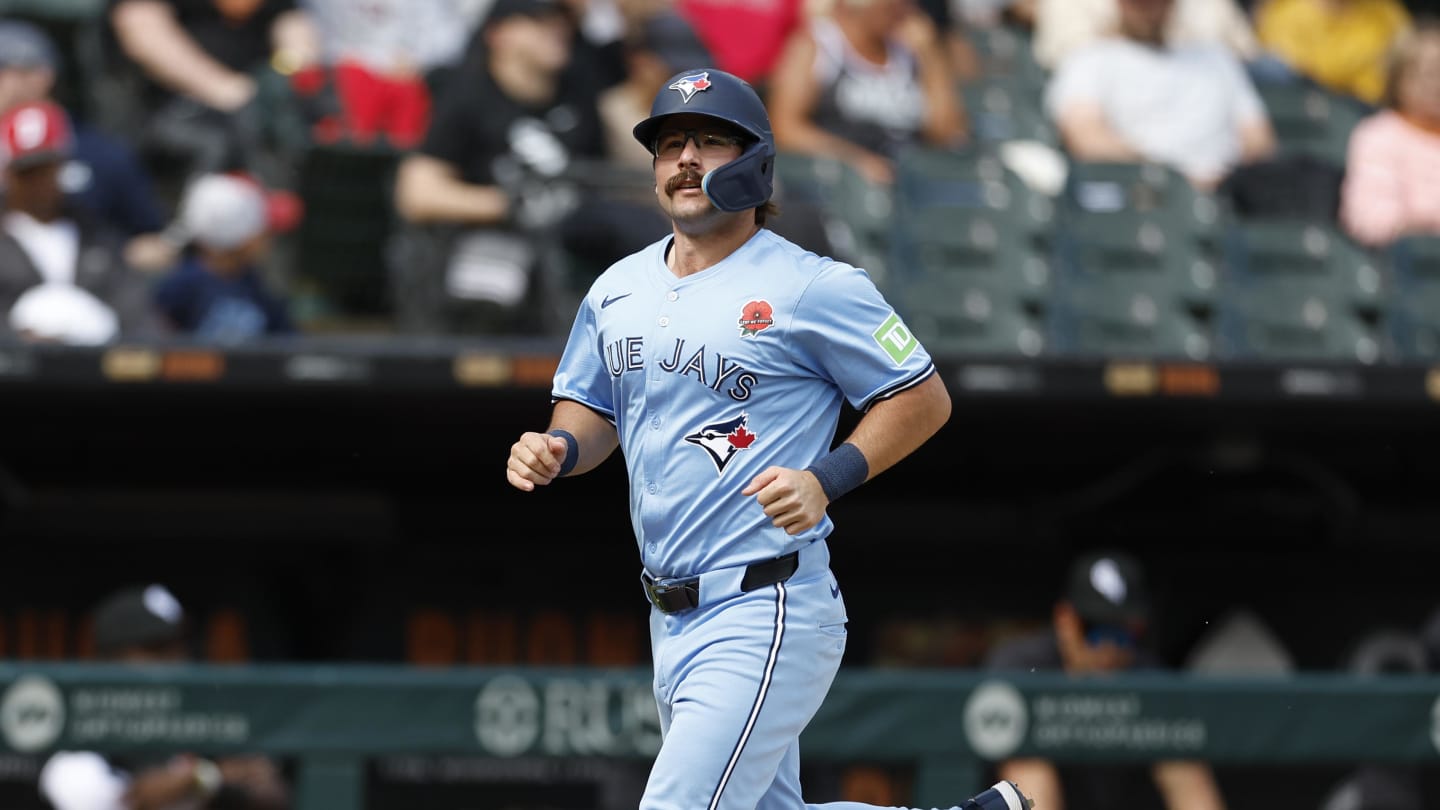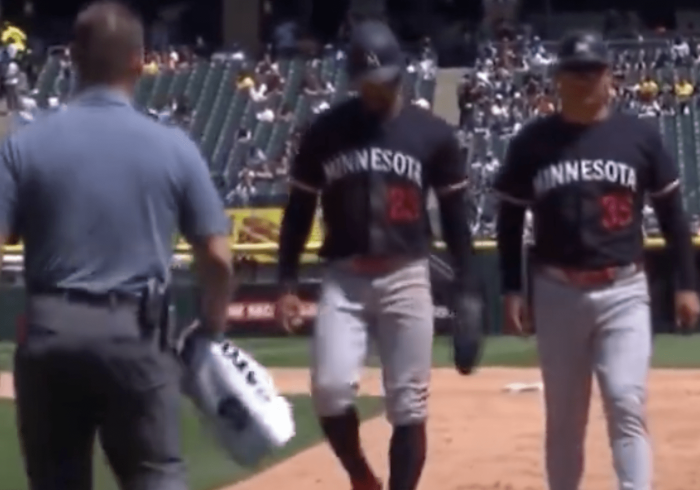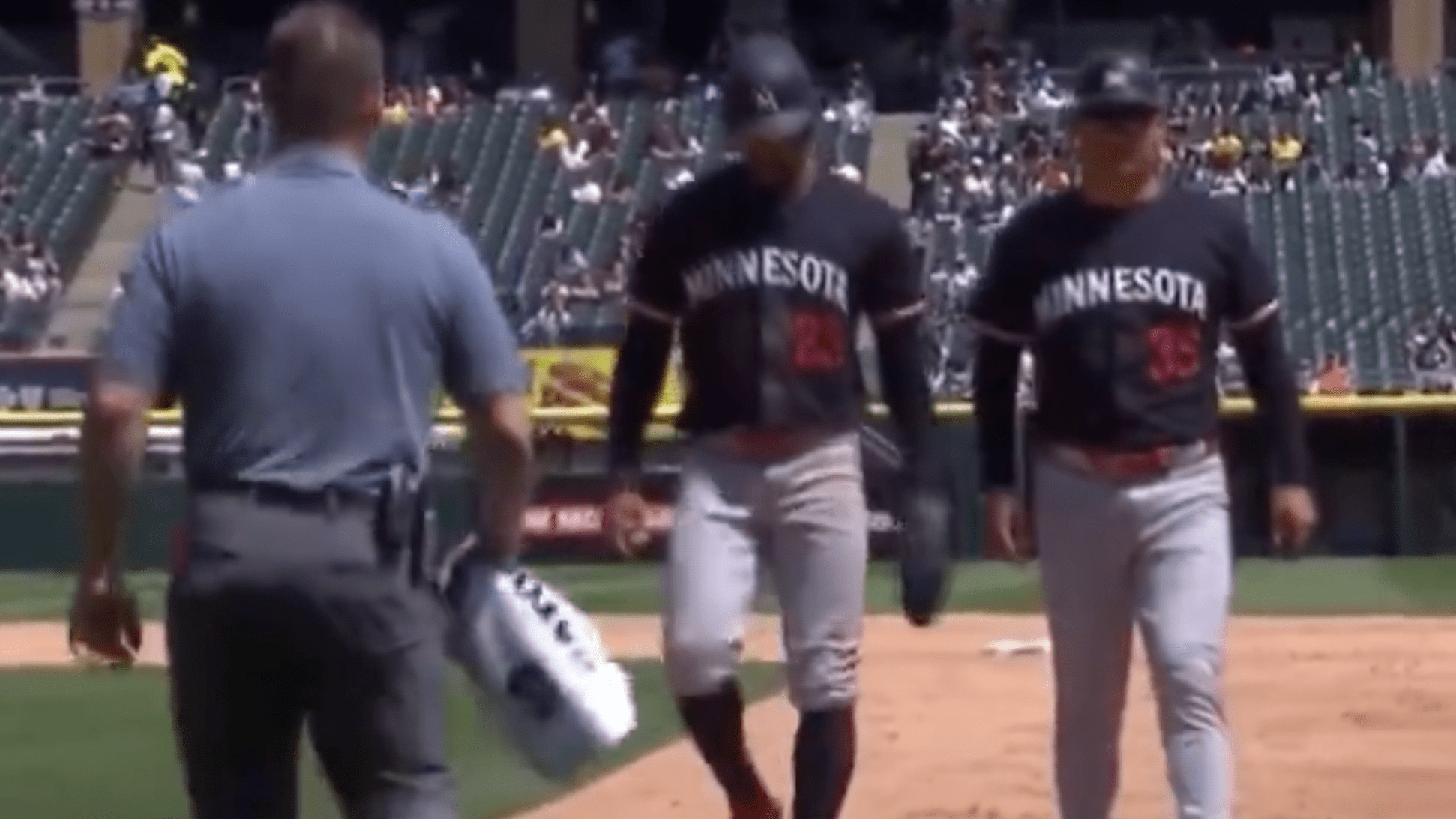The MLB-worst Chicago White Sox just suffered their ninth-straight loss in Friday’s 12–5 defeat against the Milwaukee Brewers. One Sox broadcaster, however, is keeping his head up.
NBC Sports Chicago play-by-play announcer John Schriffen, who replaced Jason Benetti in January, turned into the butt of jokes on social media when he made an optimistic statement about the team that arguably bordered on a state of denial.
During Friday’s game, Schriffen told booth mate Steve Stone, “It feels like this run the White Sox are on, we’re catching teams at the wrong time.”
A pause was drawn out before Stone replied, chuckling, “Well, there’s that. There’s a few other reasons. But that’s certainly one of them.”
John Schriffen: It feels like this run the White Sox are on, we’re catching teams at the wrong time.
Steve Stone: Well there’s that (Laughing). There’s a few other reasons. But that’s certainly one of them.
(H/T @jon_greenberg) pic.twitter.com/wF50scXV5h
— Awful Announcing (@awfulannouncing) June 1, 2024
The White Sox fell to 15-43 following their loss to Milwaukee having dropped 13 of their last 14 games. Schriffen seemingly tried to chalk up their abysmal form to scheduling woes, though one could argue that if that’s the case, the White Sox’s entire MLB schedule is doing them in.
Chicago owns a league-worst -134 run differential and went 6–24 in the months of March and April and 9–19 in May, their worst start in franchise history.
Fans on X (formerly known as Twitter) roasted Schriffen for his fanciful theories.
Even Stone couldn’t believe it the ridiculousness of the statement. And the usual half-dozen “Pedro says” comments. Read the room. Awful is right.
— Pano Topalis (@PanoTopalis) June 1, 2024
Uh….this is SNL right?
— Evan (@EvanCrum1319) June 1, 2024
Catching team at the wrong time = scheduled to play the Sox on that day
— Tweets by J (@HawkeySeason) June 1, 2024
Schriffen has a lot of defenders amongst sox fans. And god bless them. I’m glad someone is happy. But holy fuck they hired a guy who has never watched the mlb before this year and I am in hell
— Atlas Drugged (@Drugged_Atlas) June 1, 2024
